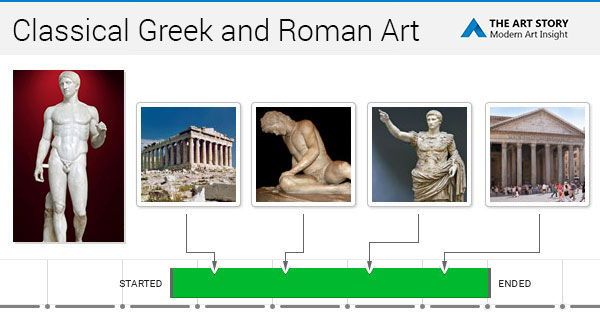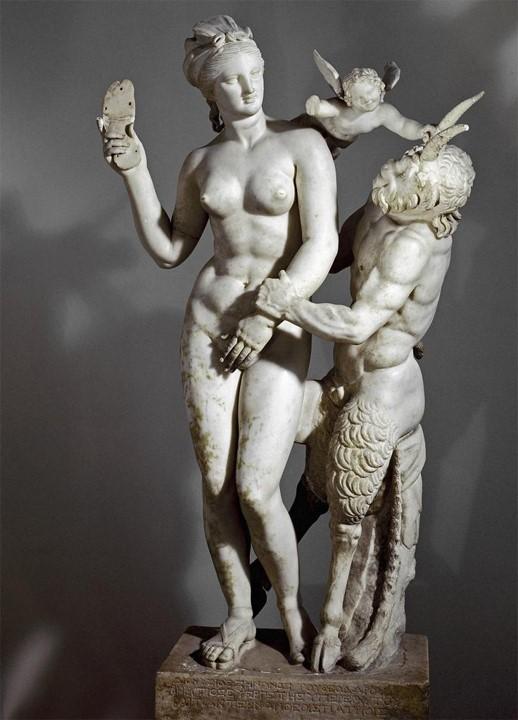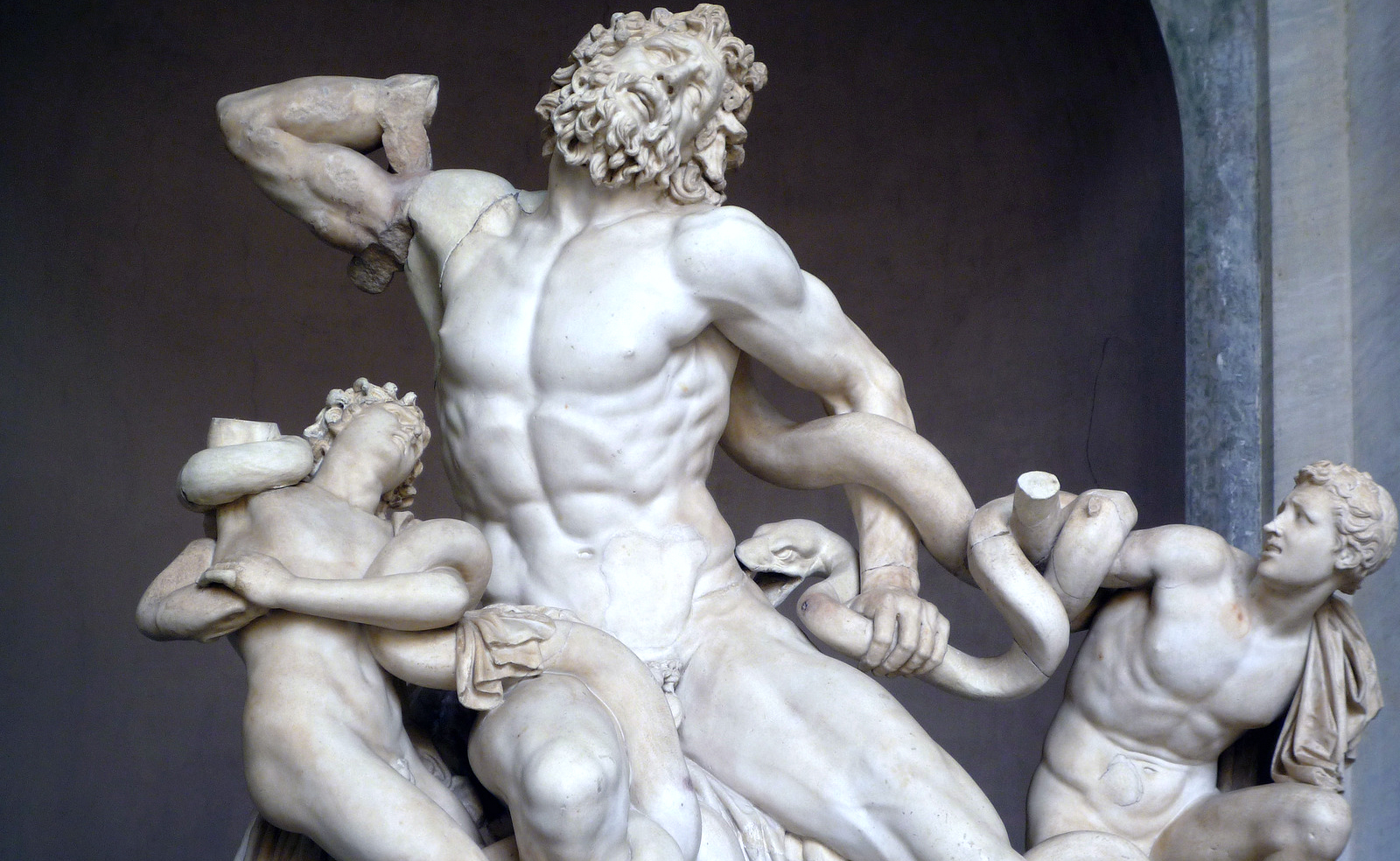Botticellis painting Birth of Venus was the first painting of a life-size nude since Roman times. From about 500 BC statues began to depict real people.

Classical Art And Architecture History Theartstory
Smaller heads taller thinner Lysippos expressed more naturalism and human emotions in his sculptures Alexander the Great- Great lover of Greek culture.

. Classical sculpture refers loosely to the forms of sculpture from ancient Greece andancient Rome. Were developed in the late fifth century BCE. Classical Greek sculpture is both naturalistic and idealistic.
The only materials available to the Egyptian sculptors were stones that had a very. Classical humanism is mixed with a more sensuous worldly style in nude figures. Ancient Greek sculpture represents a development from idealism to naturalism.
The classical period characterized modifications in both the function and the style of the sculpture. Beautiful natural looking images of men and idealized images of Gods. Classical Period 480-323 BCE Art produced during this period was considered the finest of the finest.
A similar conflation can be found in the medium of classical sculpture which is both naturalistic and idealistic. Takes over Greek territory. The sculptures were generally polychrome except for works made in bronze.
Poses seemed more naturalistic as shown by the Polykleitos of Diadumenos sculpture. Polykleitos Spear Bearer Classical art that emphasized rational simplicity order and restrained emotion. Which statement about Greek sculpture is false.
The scientific skill of Greek sculptors in showing the human form in distinct poses was improved. Annibale Carracci 1560-1609 influenced by Federico Barocci1526-1612 and others produced an idealistic naturalism based on Classical models and though he could depict everyday scenes with remarkable truth his world is an idealised one based on the Classical concepts of. Classical greek sculptures became increasingly naturalistic and began to show the body as alive and capable of movement while maintaining an interest in portraying the ideal human anatomy Greek Architecture.
Early Christian and Byzantine figures showed characteristics that were not natural but were symbolic. Classical Greek sculpture is both naturalistic and idealistic. The rigid poses of Archaic figures gave way to a greater interest in anatomy and more relaxed poses.
During the classical period Greek sculptures did what no one had done before by worshiping the human body through bronze and The sculptures were both human-size and human-like. The three main principles of. Classical sculpture became increasingly naturalistic and began to the show the body as alive and capable of movement while maintaining an interest in portraying the ideal human anatomy.
Indeed John Boardman describes the work of Polyclitus Fig 2 a sculptor who canonized the male athletic body in classical period art as ideally realistic Boardman 157. Classical Art Art that was both Naturalistic and idealistic. Classical Greek sculptors were more imaginative because the Enlightenment released them from the dogma of the pharoahs.
Access the answers to hundreds of Ancient Greek art questions that are explained in a way thats easy for you to understand. Can be seen on the Temple of Athena Nike built on the Acropolis between 427 and 424 BCE. In the Classical period this conflict reached an apotheosis when the two forces were balanced against each other.
Ancient Greek sculpture of the Classical period depicts beauty through the balance of naturalism and idealism. Played a major role in the daily lives of the people of ancient Greece. An example of this is the bust of Pericles by Kresilas.
The Classical art emphasizes rational simplicity order and restrained emotions. Classical sculpture was both naturalistic and idealistic Government assembly halls The first Christian churches were patterned after basilicas used by he Romans as. Temples and other public buildings.
For details of art movements. The Classical period saw changes in both the style and function of sculpture. Poses became more naturalistic see the Charioteer of Delphi for an example of the transition to more naturalistic sculpture and the technical skill of Greek sculptors in depicting the human form in a variety of poses greatly increased.
Praxiteles creates a new canon of proportions. Classical Greek figures appear more relaxed than the rigid formal Egyptian and early Greek sculptural poses because _____. Classical Greek sculpture is both naturalistic and idealistic.
Classical sculpture was both naturalistic and idealistic. 3 points QUESTION 25 1. The sentence that describes a convention of Classical Greek sculpture is figures show a combination of ideal beauty and naturalistic detail and proportion.
The sculpture of the ancient Greeks had a major impact on.

Art History Midterm Flashcards Chegg Com

Introduction To Ancient Greek Art Article Khan Academy

Classical Greek Sculpture Is Both Naturalistic And Idealistic True Or False Study Com

Form And Reality The Classical Greek Balance Of The Ideal And The Natural Disrecognized Space

The Story Of Art Symbolism Idealism And Realism Carolyn Anderson Blog


0 komentar
Posting Komentar